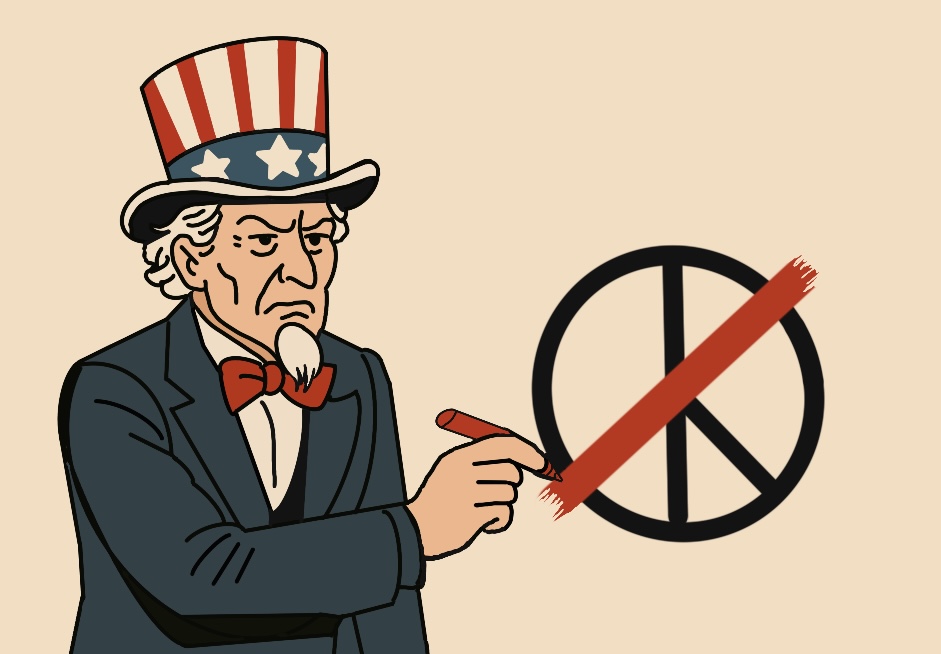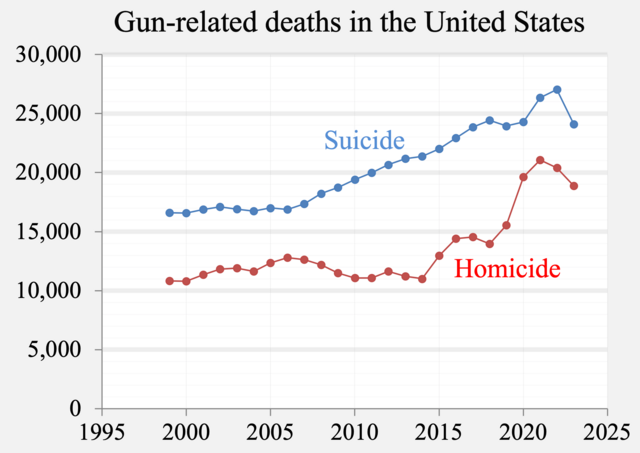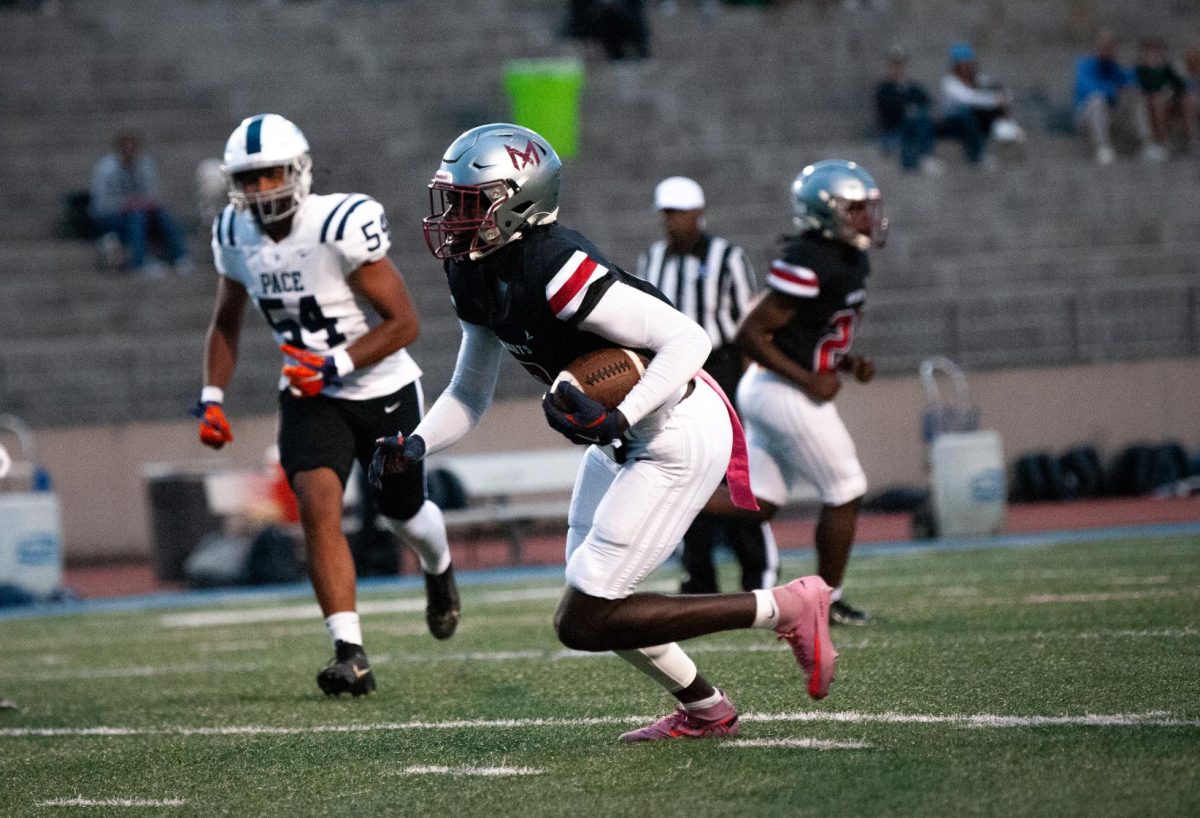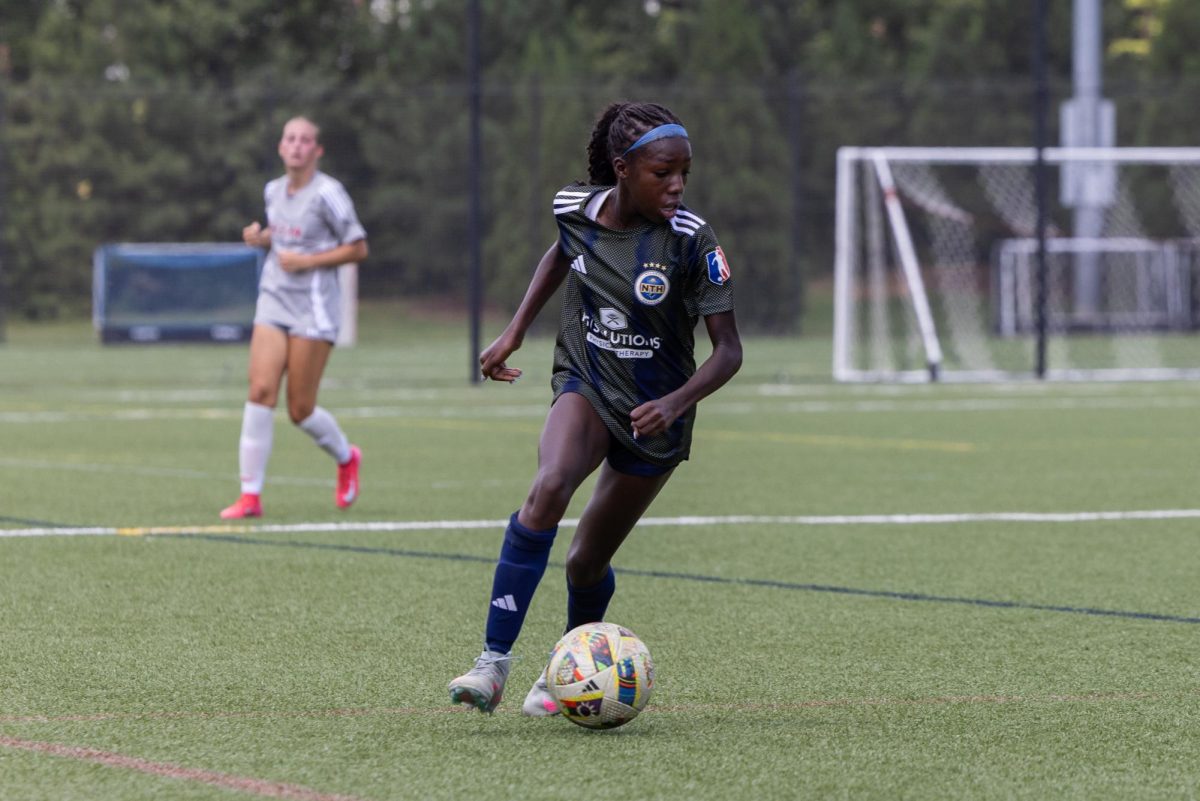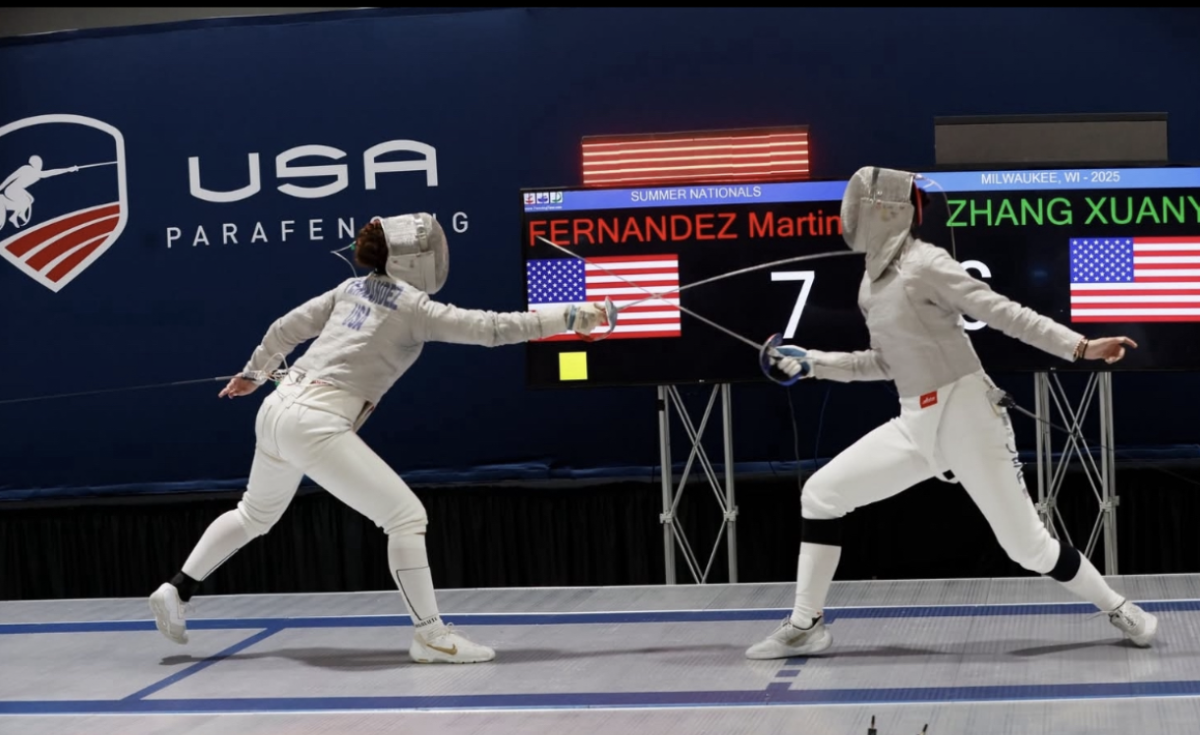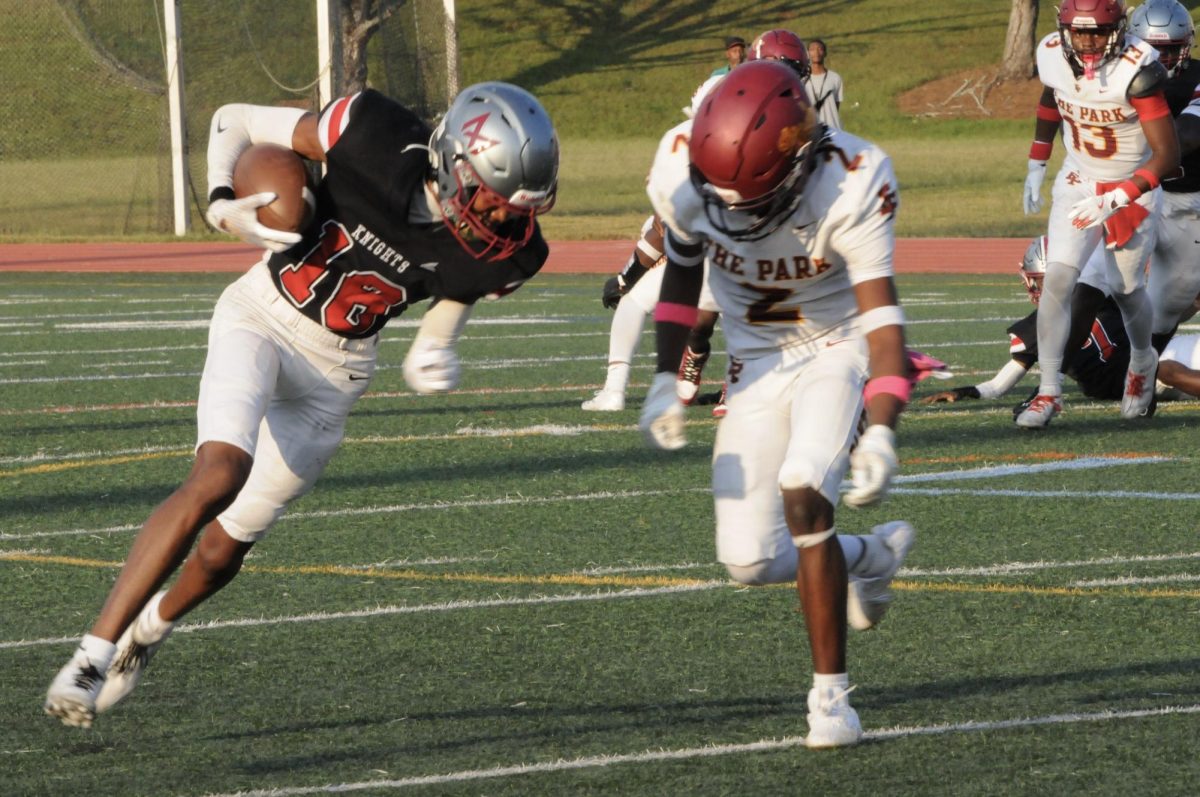Last fall, Justine Siegal was named “guest instructor” for the Oakland Athletics’s instructional team, becoming the first woman to hold a coaching position in a Major League Baseball organization. Siegal joins a select group of female coaches in male professional sports that only includes Becky Hammon of the NBA’s San Antonio Spurs, Jen Welter of the NFL’s Arizona Cardinals and Nancy Lieberman of the NBA’s Sacramento Kings.
This kind of progress is certainly encouraging, yet it demonstrates the large gender gap in American professional sports.
According to ESPN.com, there are over 1,000 coaching positions within the 122 NBA, MLB, NHL and NFL teams. Welter was replaced after only three games with the Cardinals, so only three of these positions are currently held by women, none of whom hold a prestigious head coaching title.
It is true that some women coach women’s professional sports teams, but many men do so as well. Half of the head coaches and 43 percent of assistant coaches in the WNBA are men. Nine out of 10 teams in the National Women’s Soccer League are coached by men.
Once universities began awarding women’s teams with money and resources after the introduction of Title IX, there was suddenly money to be made in women’s sports, and the number of women coaches of women’s college teams plummeted as a result. According to TIME, in 1972, 90 percent of women’s college teams were coached by women compared to the 42.9 percent that are today. TIME found the number of women who coach men’s collegiate teams has remained constant: fewer than 3 percent overall and none in Division I.
It is likely that the lack of women seeking these positions contributes to this problem, but that in itself is an issue. Due to existing norms that are reinforced at every athletic level, there is a dearth of female candidates with the credentials valued by athletic directors and managers.
Basically, women don’t play some men’s sports competitively, so how could they possibly have the experience and expertise necessary to coach those sports?
Men don’t seem to need prior experience to coach women’s sports such as softball, however. A 2012 study conducted by psychologists R. Vivian Acosta and Linda Jean Carpenter found the percentage of men coaching women’s college softball increased from 16.5 percent in 1977 to 37.9 percent in 2012.
There are many other similarly feeble and sexist justifications as to why women are not hired to coach men: men won’t take orders from women, women have no place in men’s locker rooms and women aren’t competitive enough to successfully motivate men’s teams.
It is impossible to actually prove any of these statements, however. Tennis star Andy Murray, who is coached by female Amelie Mauresmo, seems to discredit them. Nevertheless, a sample for a study would be too limited; the number of women actually coaching men is too small.
When will American universities and professional leagues start expanding opportunities for women to hold coaching jobs? This problem won’t fix itself overnight. The precedent of inequality created by these entities has been ingrained through social norms for far too long.
Our best hope is undeniably a grassroots approach. Filter women into Little League baseball and Pee Wee football to introduce children, especially young boys, to the concept of female coaches from an early age. These women will naturally rise to fill higher positions, accumulating the experience necessary to become potential candidates for collegiate or pro coaching positions. This process will take time, but, when it comes to female coaches, it’s time to level the playing field.


